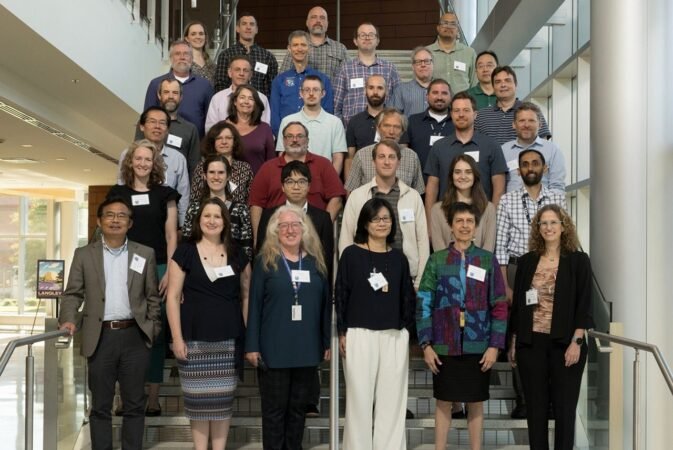Quick Takeaways
-
Successful Meeting Overview: The 2024 SAGE III/ISS Science Team Meeting, held in a hybrid format, brought together around 50 scientists from various institutions to discuss critical updates, data products, and future mission synergies.
-
Mission Development and Funding: NASA approved continued operations for SAGE III/ISS through 2026, highlighting plans for enhanced community validation efforts and significant improvements in data products, including the release of version 6.0.
-
Innovative Research Presentations: Attendees showcased advancements in atmospheric science, including new insights into aerosol effects on climate and the integration of SAGE data with upcoming satellite missions like STRIVE and CAIRT.
- Importance of Continuous Data Monitoring: The meeting emphasized SAGE III/ISS’s vital role in providing long-term, reliable data on atmospheric constituents, especially as other observation sources, like CALIPSO, are retired, spotlighting gaps in upper tropospheric data for future research.
Advances from the 2024 SAGE III/ISS Meeting
The Stratospheric Aerosol and Gas Experiment (SAGE) III/International Space Station (ISS) Science Team Meeting took place on October 22-23, 2024, at NASA’s Langley Research Center. This hybrid event welcomed about 50 scientists, fostering collaboration between U.S. institutions and international partners.
During the first day, leaders opened the meeting with updates on the success of SAGE III/ISS. They reported over seven years of data collection, highlighting plans for continuation through 2026. The team discussed the importance of ongoing projects, such as improved tool development for real-time data analysis.
Next, researchers shared developments in aerosol studies. A key presentation on version 6.0 data showcased significant advancements in how the mission analyzes aerosol properties. This version promises enhanced accuracy in tracking atmospheric changes, benefiting climate modeling and research.
The meeting also introduced upcoming missions like Stratosphere Troposphere Response using Infrared Vertically-resolved light Explorer (STRIVE) from NASA and the Changing-Atmosphere Infrared Tomography Explorer (CAIRT) by the European Space Agency. Both initiatives highlight a growing synergy aimed at better understanding atmospheric dynamics.
The second day emphasized the impact of SAGE III/ISS on technology development. Innovations in data assimilation and analytical methods continue to shape how scientists study climate change and air quality. Presentations illustrated how SAGE data contributes to healthier atmospheric predictions, particularly following volcanic eruptions.
Moreover, speakers noted the importance of partnerships in maximizing data usability. As some traditional observational data sources become less available, the role of SAGE III/ISS becomes increasingly crucial.
The meeting concluded on a positive note, underscoring SAGE’s commitment to advancing atmospheric science. The collective expertise showcased throughout the sessions will likely drive future technological innovations, enhancing our understanding of the Earth’s atmosphere.
Stay Ahead with the Latest Tech Trends
Dive deeper into the world of Cryptocurrency and its impact on global finance.
Access comprehensive resources on technology by visiting Wikipedia.
SciV1

